Contattaci ora!
Lateral Positioning Set
for Operating Room
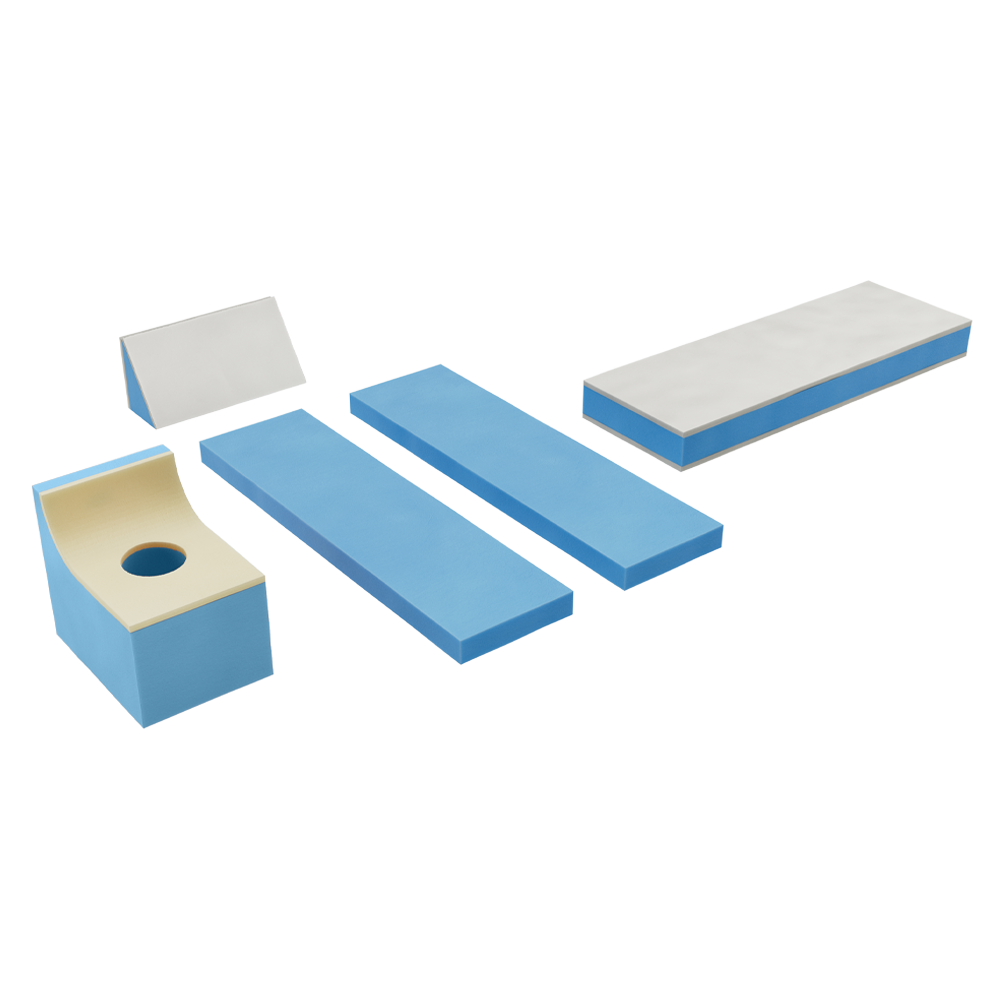
SO06840
Proper anatomical
alignment
Lateral positioning (or lateral decubitus) is selected during surgical procedures when optimal access to thoracic, renal, lateral spinal, or hip structures is required.
This positioning provides enhanced exposure of these anatomical regions, reduces the risk of pressure injuries, and improves surgical visibility.
The most required surgical procedures in lateral positioning
The main types of surgical procedures that typically require the lateral position include: Thoracic surgery, Lateral/posterolateral spinal surgery, Renal and urological surgery, hip surgery, Neurosurgery
Faster CLEANING AND TURNOVER
Being entirely single-use, the set eliminates cleaning and sanitization time, streamlines OR logistics, and ensures high standards of hygiene.
Reduction of ERRORS AND REPOSITIONING
The set is engineered to maintain correct patient positioning throughout the entire procedure, minimizing the need for intraoperative adjustments. This leads to fewer interruptions and repositioning, and improved surgical workflow.
Expanded polyurethane and memory foam
The components of the set are made of polyurethane foam with a surface layer of viscoelastic memory foam, specifically designed for support at high-risk pressure points. Compared to other supports (such as pillows, drapes, or gel pads), memory foam is preferred because it responds to body heat and pressure, allowing it to contour and distribute pressure evenly—making it more effective in preventing pressure ulcers.
SO06840
Pre-configured Set
Significantly optimizing preparation time for both the operating room and the patient. This improves overall efficiency, standardization, and safety—an approach increasingly recommended in perioperative best practices, including international guidelines.


MEMORY
FOAM
Improved thermal regulation memory foam is breathable and thermally stable.
Single-use design, ensures maximum hygiene, eliminating the risk of cross-contamination.
Positioning stability maintains patient shape and alignment throughout the procedure, preventing slippage or unintended micromovements.
Prevention of pressure ulcers in PROLONGED LATERAL POSITIONING
SPINAL AND CERVICAL
ALIGNMENT


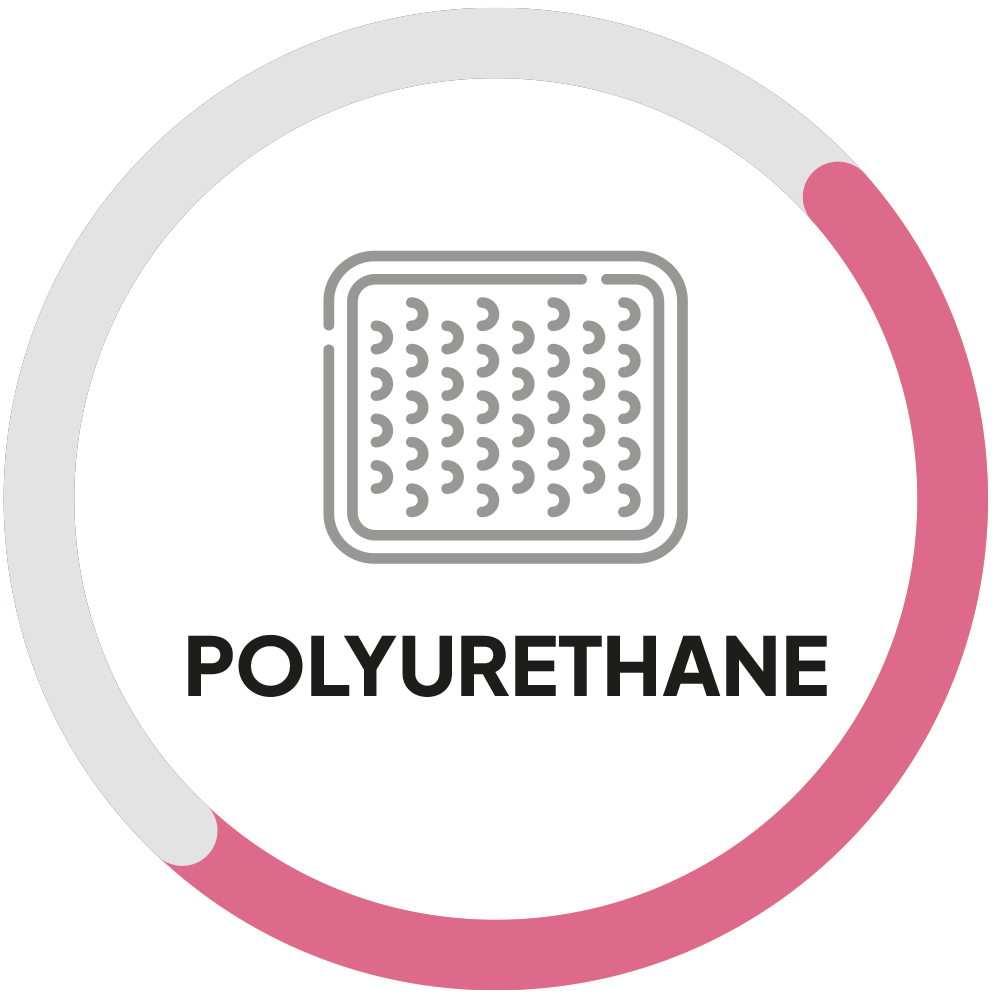
SET SO06840

SO06840
Complete, pre-configured Set

SO02830A
Adjustable lateral head positioner
cm 28x20x17/25

SO02839 (2X)
cm 73x20x4

SO02837A
cm 33x15x10.5
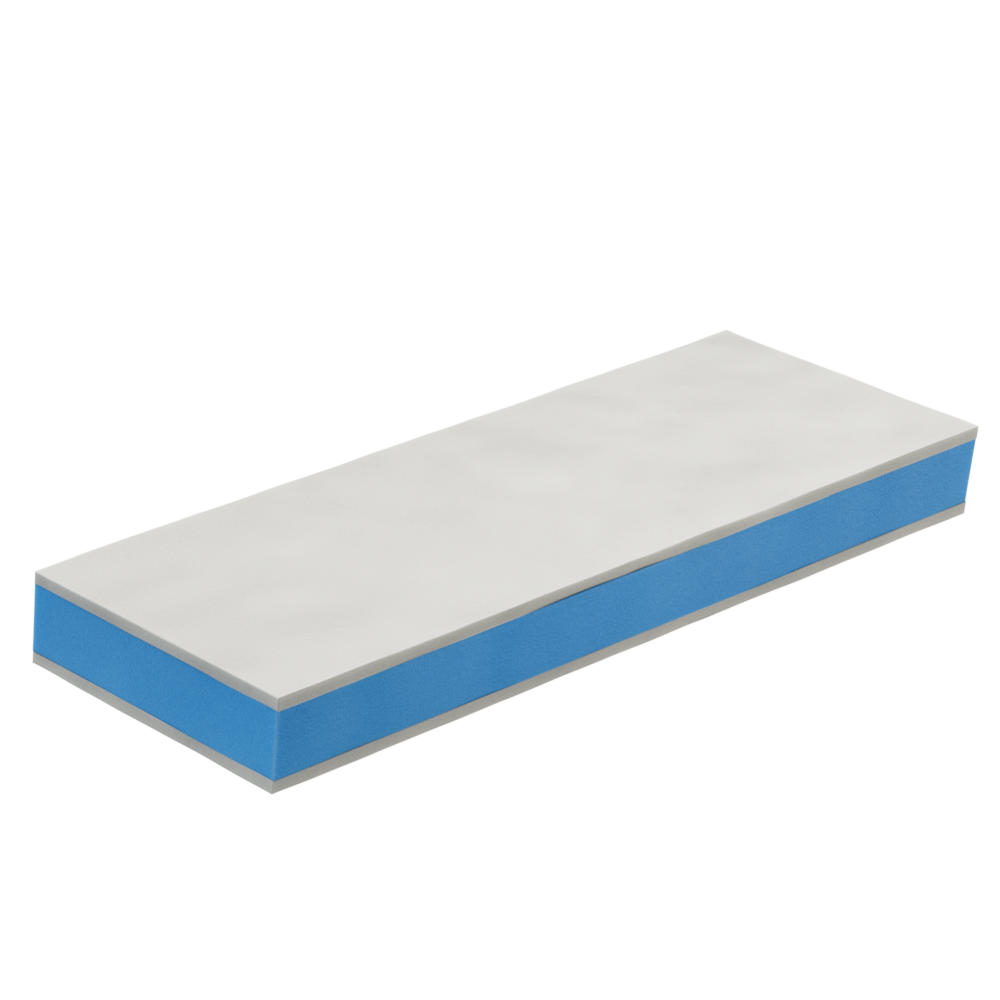
SO02838
cm 76×25.5×7.5

SO02815LC
Bi-pad anti-slip disposable pad for operating room
cm 180x52x3 with straps
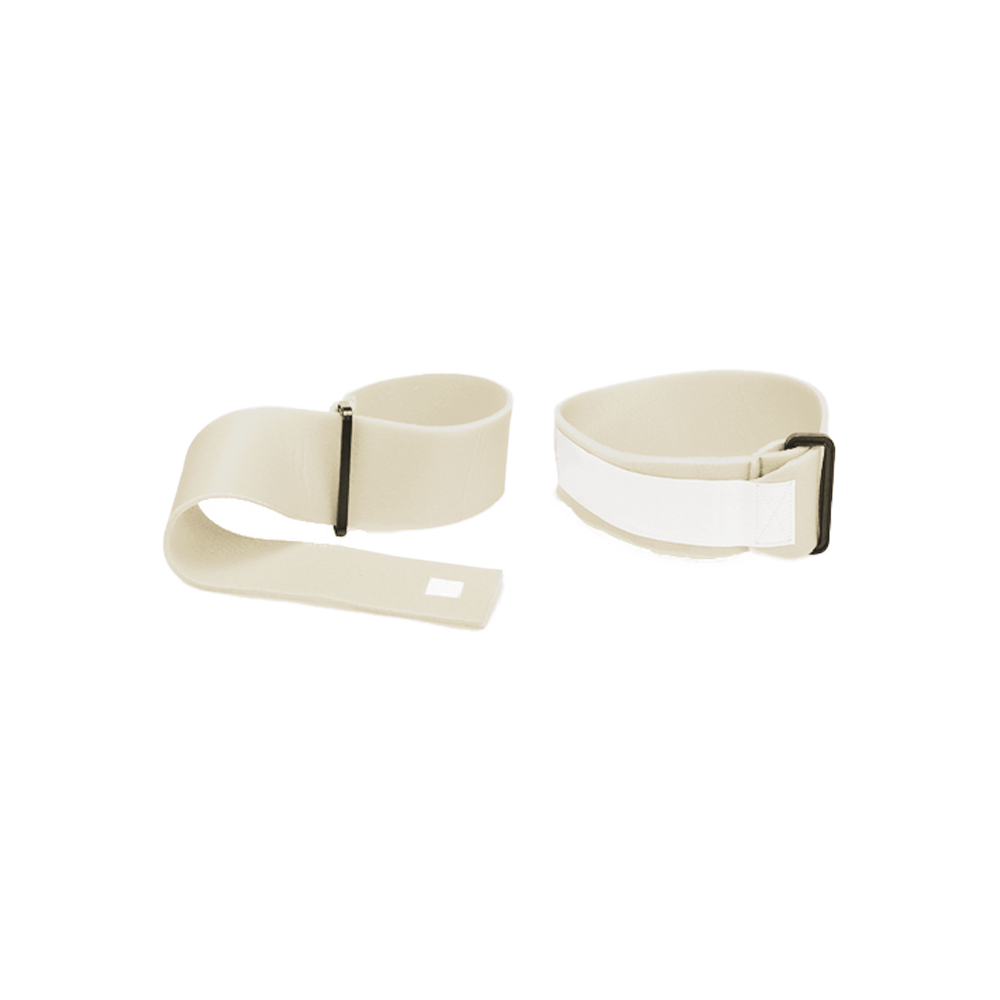
SO02814 (x2)
Limb holder with velcro
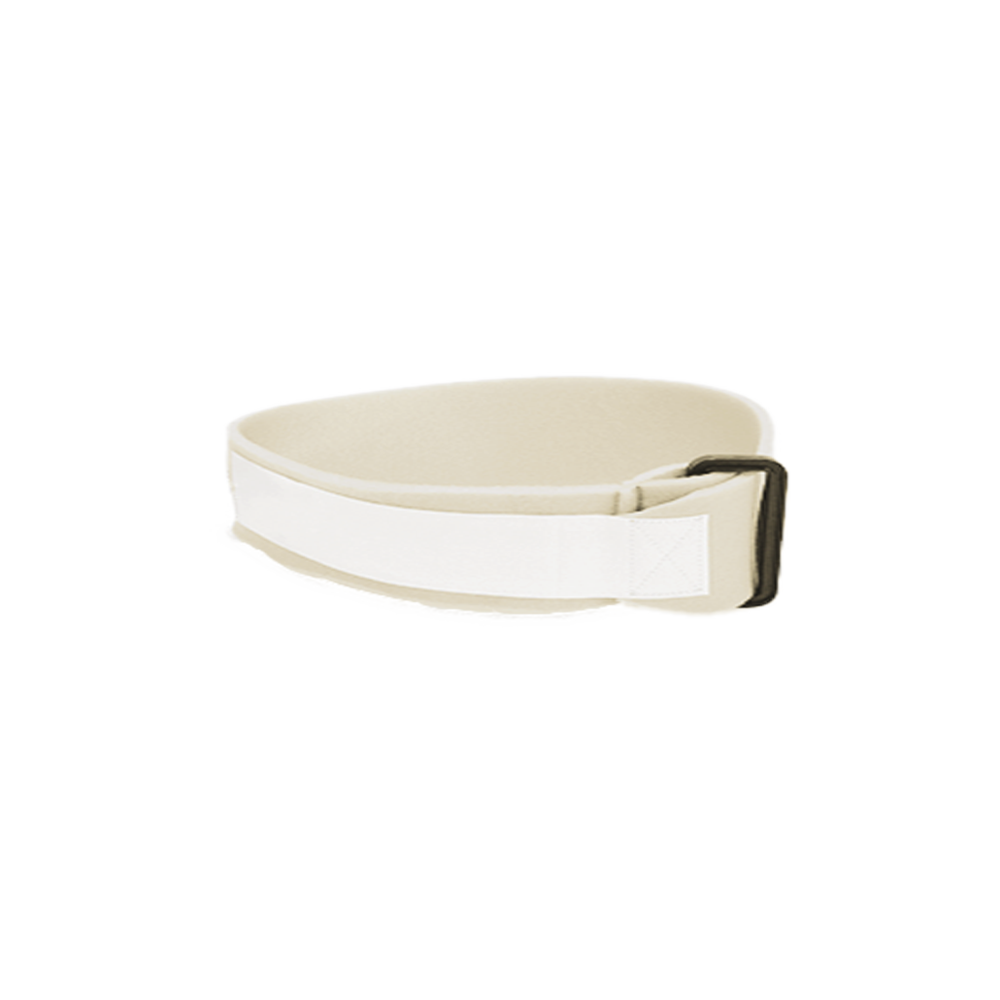
SO02815B8 (4x)
Download the Lateral Positioning Set Brochure

